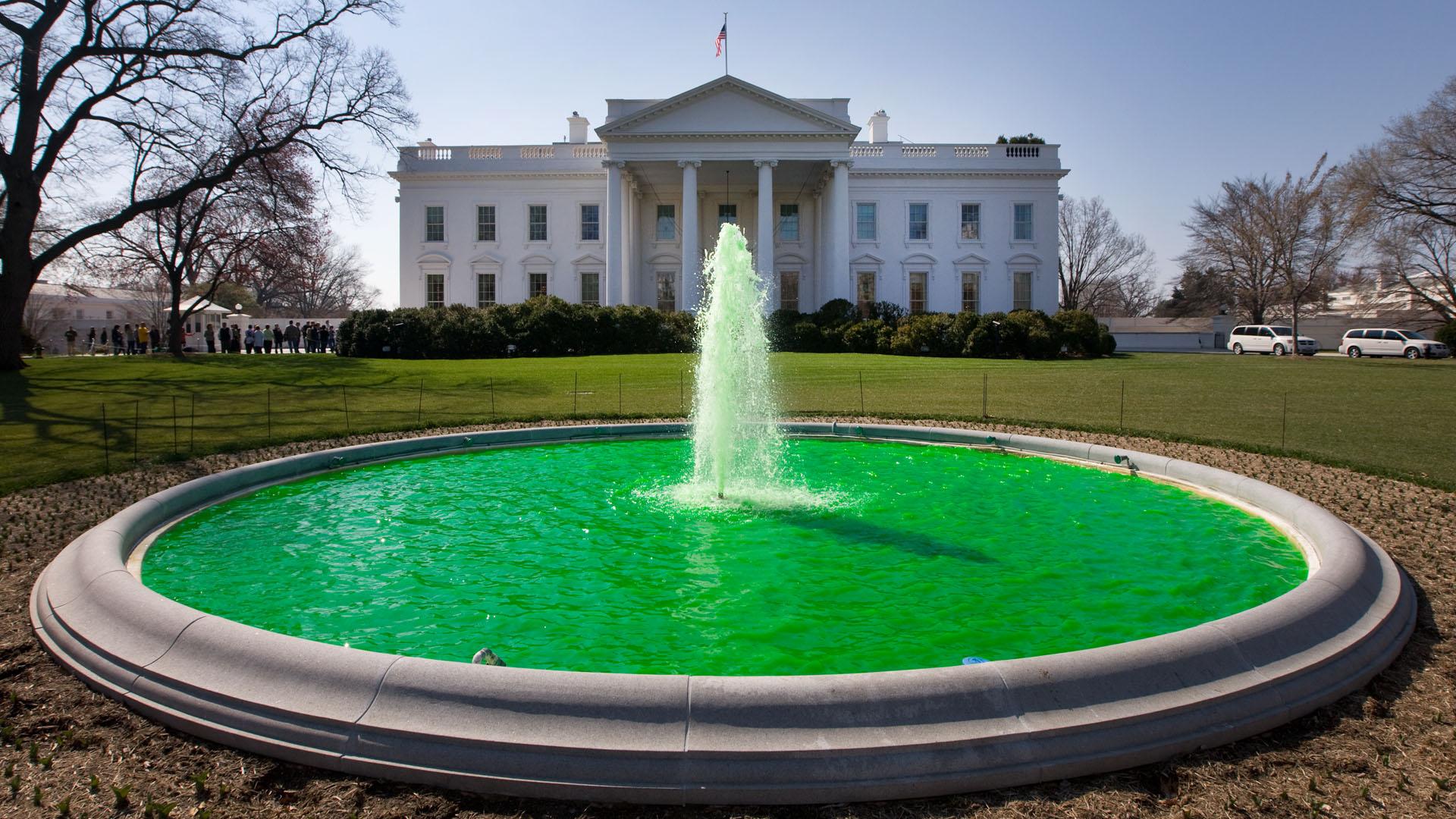What The Irish Taught America About Nativism And Bigotry
Bigotry and prejudice have given way inexorably to more tolerance - and fun - as Americans celebrate the wearin' of the green.

Saturday, your town was likely covered with people wearing green, playing questionably Celtic music, and eating corned beef and cabbage. It was St. Patrick’s Day, if you haven’t guessed.
This holiday has become a huge deal for Americans. But Irish culture hasn’t always received a warm welcome here—in fact, it was spat upon often in the 19th century.
There’s actually a term for anti-Irish prejudice: Hibernophobia. You can see it expressed in commonly-known “Irish need not apply” clauses in job advertisements from 19th century America.
In broad terms (and I’m doing some very hasty historical generalization here), New England in the 19th century was still dominated by the legacy of an English Puritan culture, and its residents wanted to keep things that way. In keeping with English snobbery against the Irish, Americans adopted their own Hibernophobia toward the immigrants (many of them refugees) coming into the country—and their culture.
“No Irish need apply.”
It was no cake-walk to be Irish in America in the 19th century. But now, in the 21st, everyone is wearing green, drinking green beer, and listening to Flogging Molly.
I don’t know and can’t explain all the causes of the ultimate acceptance of Irish culture, but I do think St. Patrick’s Day has one answer. This is the only time of year most people think about Irish culture. And when they do, all they have to do is look around and see people having a good time, dancing, drinking, and listening to good music. Irish culture is much more than what we see on St. Patrick’s Day, to be sure, but what we see then is by no means a bad side of it.
It’s not easy to keep a fun culture down. After nearly two centuries of heavy Irish settlement in this country, everyone (cultural background in Ireland or not) has joined in on the fun. On a day like Saturday, not only do Americans not look down on the Irish—they want to be Irish.
As my friend Isaac Morehouse likes to point out, experience—of the kind which St. Patrick’s Day provides for Irish culture—is one of the most powerful sources of change:
“When you create new experiences and offer them to the world, they are either valuable or not. If they make lives better, they succeed and overtake or fundamentally alter people’s beliefs about the status quo, sometimes before anyone consciously notices.”
Irish culture ran into plenty of resistance (Puritan-descended New Englanders would have been shocked by our St. Patrick’s Day celebrations), but it has won by consistently being freer and more fun—and therefore more attractive—than the status quo.
Just as no army can stop an idea, no idea can stop an experience whose time has come. Like the Hibernophobians of the 19th century, you can rail on as much as you’d like about the dangers of a culture, but if that culture offers a more vibrant way to live, people of all cultural backgrounds will join in on the fun, just as they have on St. Patrick’s Day. You can’t ban a people that are having more fun than your people.
Fun—this is a small but important part of how prejudice and xenophobia loses.
James Walpole writes for FEE.org and at jameswalpole.com.
BELATED INTELLECTUAL CREDIT: A big source of my knowledge about the Puritan motivations against immigration (and the relative libertinism of Irish culture) is thanks to the work of Thaddeus Russell. Without his work swirling around in my head, I probably would not have noticed this proof point in St. Patrick’s Day. Check out his Renegade History of the United States for multiple examples of American prejudice against fun – and fun (mostly) winning out.